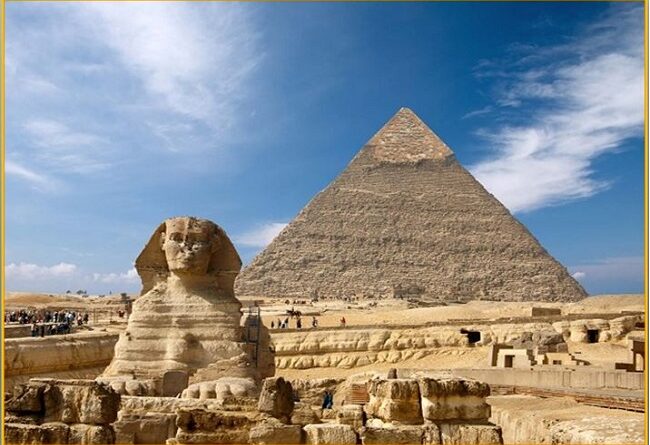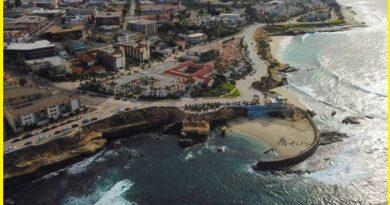The last Remaining Wonder of the Ancient World-“The Great Pyramids of Giza”, Take a Geotourism around the place

Egypt enjoyed tremendous economic prosperity and Stability during the Pharaohs dynasties of the Old Kingdom. Kings held a unique position in Egyptian society. They were believed to have been chosen by the gods themselves to serve as their mediators on the people of Egypt. Egypt’s Pharaohs expected to become gods in the afterlife. So, that they erected temples to the gods and massive pyramid tombs for themselves filled with all the things.

The Great Pyramids of Giza, located on a plateau on the west bank of the Nile River, on the outskirts of modern-day Cairo.The great pyramid of Giza more celebrated structure than others in the world. The oldest and largest of the three Pyramids of Giza, known as The Great Pyramid, is the only surviving structure out of the famed Seven Wonders of the Ancient World. The Pyramid was built for Pharaoh Khufu (Cheops, in Greek), Sneferu’s successor and the second of the eight kings of the fourth dynasty.
Geology
The Western Desert plateau of Egypt is composed of stacked carbonate layers deposited from the Late Cretaceous through the Eocene on the floor of the Tethys Sea. This long and narrow ocean separated Africa from Asia following the breakup of the supercontinent Pangea, which began about 200 million years ago. The remnants of this ancient ocean make up the modern Mediterranean Sea.

Khufu and his successors had erected their pyramids atop the Mokattam Formation, a series of relatively hard middle-Eocene limestone and dolomite layers that form the surface of this part of the plateau. Many of the blocks that compose the Great Pyramid, excavated in a quarry a short distance south of the structure.
Construction of pyramid
So, Pharaoh Khufu began the first Pyramids of Giza project, in 2550 B.C. His Great Pyramid is the largest in Giza and towers some 147 meters above the plateau. It’s estimated that 2.3 million stone blocks each weigh an average of 2.5 to 15 tons used to make this Pyramid. The majority of this block consists of nummulitic limestone, which contains numerous fossil shells from especially large single-celled marine foraminifera of the genus Nummulites.

Khufu’s son, Pharaoh Khafre, built the second pyramid at Giza, in 2520 B.C. His necropolis also included the Sphinx, a mysterious limestone monument with the body of a lion and a pharaoh’s head. The Sphinx may stand sentinel for the pharaoh’s entire tomb complex. The third Giza Pyramids is considerably smaller than the first two. Built by Pharaoh Menkaure in 2490 B.C., it featured a much more complex temple.
Also read- ‘The Mount Sinai’. Egypt-A Best Geological destination to important sacred landscape
The Great Pyramid, when completed, was faced in the bright white Tura limestone. It is showing quite spectacular appearance in the Egyptian desert. The pyramid itself is filled with internal passages and chambers that housed the Pharaoh’s granite sarcophagus. It also has all the necessary goods for a fruitful journey to the afterlife. This would have included a lot of precious metals and stones, food products, and furnishings tools.

Who Built Pyramids?
Pyramids of Giza were built by slaves or foreigners forced into labor, evidences show that the workers were probably native Egyptian agricultural laborers. Approximately 2.3 million blocks of stone averaging about 2.5 tons each had to be cut, transported, and assembled to build Khufu’s Great Pyramid. The ancient Greek historian Herodotus wrote that it took 20 years to build the pyramid. The archaeological evidence suggests that the workforce involved in making this structure have been around 20,000.



